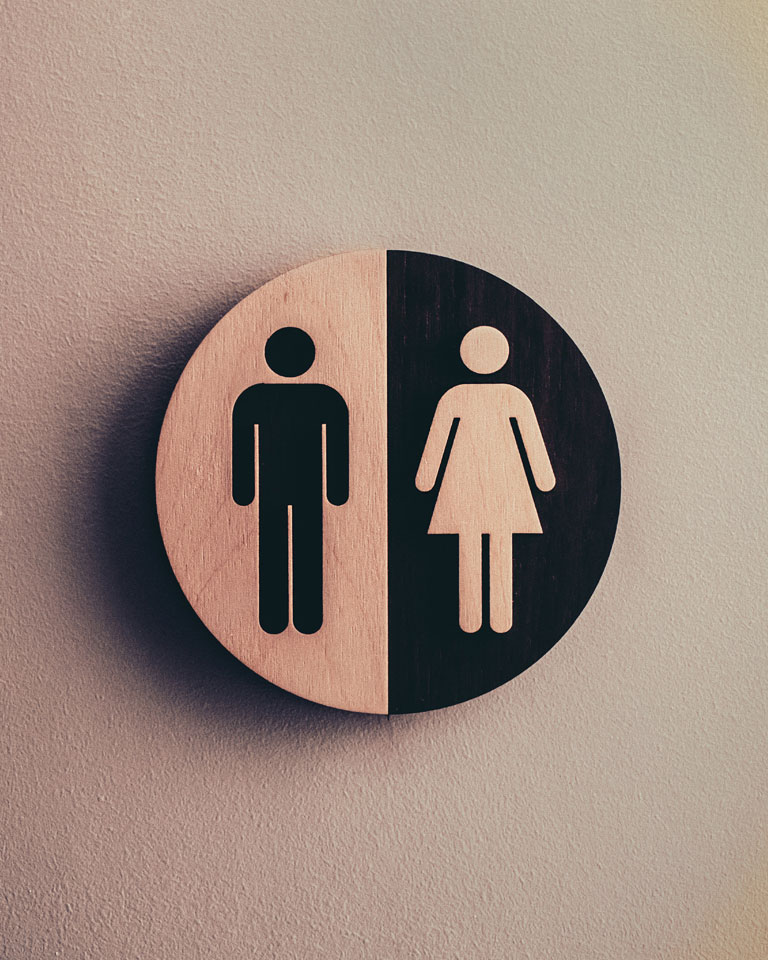It’s time to talk about the gender gap

The future should be female.
You all know this, of course you do! You’ve all read my very extensive breakdown on why the future would be so so much better with more women entrepreneurs and female influence in the workforce.
It’s fantastic for the national GDP, after all, a cute little bump of 11-13% in the per capita income of India if we could tackle the gender wage gap and national GDP bump of at least 16% (a conservative 52 million crore rupees, oof), what’s not to love?
And yet, we’re far from closing that pay gap in India. Our latest ranking out of 149 countries is 112th in the latest 2020 Gender Gap Report by the World Economic Forum.
Ouch, how did that happen?
Is that better or worse? It’s worse.
Sorry, let’s rip that bandaid off immediately– we were previously at 108th in 2018.
Why are pay gaps still an issue in this climate of women empowerment in India?
It’s always puzzled me how many people get defensive when the topic of pay gap comes up – after all, if there’s a gap, there’s a gap, that’s just a fact and it’s one worth looking into.
Why has it happened? How can we close it?
These are the questions we should be interested in. You could argue ‘individual choice’ as a meaningless non-answer to why the pay gap has happened but that’s short-sighted – if enough individuals individually choose certain choices repeatedly to the point where there’s a statistical skew, isn’t it worth exploring if there’s a systemic barrier causing it?
We need more women in the workforce. We need to pay them better. This isn’t just my opinion, the statistics show this consistently and the government has been trying for ages to introduce more women into the workforce with state-sponsored incentives.
Currently, the average woman in India makes a median hourly salary of about 149.2 rupees/hour compared to the 196.3 rupees/hour made by men. Does that seem right to you?
We can obviously do better.
We have reports and surveys and studies on why this gap is so pervasive to begin with. Until recently, there wasn’t a big push for women in education or the workforce. Even now, despite government initiatives and national campaigns to undo this, the literacy rate for women is still only about 70% compared to 84.7% for men.
We’re getting there, slowly and steadily, and we can do more, but there’s still a cultural attitude against women being fully educated or employed by families who would sooner marry their daughters off than have independent female breadwinners. Many would prefer their daughters and wives to be stay-at-home mothers with nearly 49% of working women believing they would be compelled to quit their jobs after their maternity leave has ended.
There’s also the fact that we don’t treat women well in the workplace – it’s actually quite appalling how terrible we are to women in this country and we need to be more vocal about this.
Did you know that nearly 60% of working women faced discrimination in the workplace and nearly a third found it harder to be considered for management roles? Those aren’t great numbers and speaks greatly of the implicit biases that exist in the mentality of upper management in Indian companies.
We haven’t made the streets safe for women and that’s been such a problem that it directly influences their job choices.
Nearly 86% of women reported prioritizing safety when joining a workplace and a whopping 50% found the night shift to be unsafe and unpreferable. It should honestly be no surprise that if we allow the country to be so hostile and dangerous for women, they’re more likely to turn down jobs based on their personal safety and wellbeing.
And that’s without even bringing up the ugly side of rampant sexual abuse in workspaces.
Considering how difficult it is to seek justice with HR and the courts, many women struggle in hostile workplaces once an employee in power abuses their position to sexually exploit female coworkers and employees. While 70% of working men were convinced that the #MeToo movement would be a major turning point for women, only a quarter of working women shared that optimism that any imbalances would be adequately addressed or improved upon.
We need to do better. We have to do better.
It helps everyone to close gender gaps in India so why are we so adamant against talking about it? More equality has never been a bad thing, the facts show this. I think we can all still agree to that.


